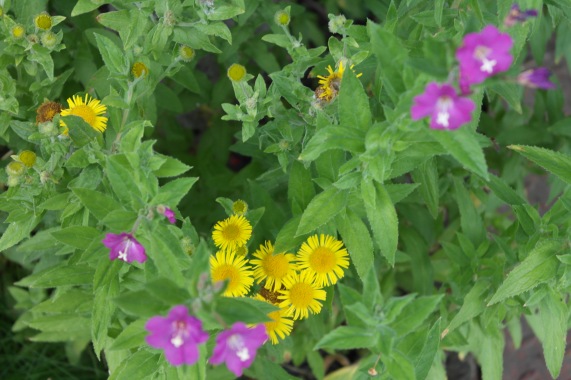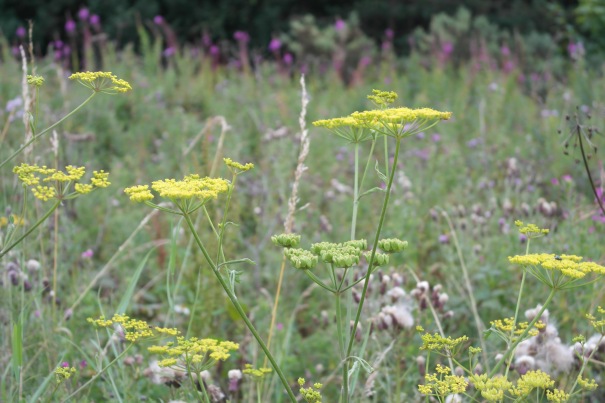
Every time I have visited this forest I have climbed the path up the hill. It is clearly a path – russet and spongy with fallen pine needles – but it is a path that doesn’t make itself easily known. The trail winds upwards, flanked by bracken and bramble, surrounded by fallen trees. There are small patches of colour depending on the season: a lone rhododendron, a clump of foxgloves, fruits of fly agaric. At its peak, it opens out onto a marshy cleft strung with telegraph wires. Then, the path moves on, straight ahead, deeper into the forest.

Sometimes the forest enfolds and comforts. Sometimes the forest is everything you fear. I have always feared the path ahead. It looks no different to any other path, but when I set foot on it I find myself breathing quietly and moving with caution. There is a low buzzing in my ears, as though swarms of wasps lie in wait. Gnarled tree trunks hunch at the edge of the trail. You might ask why I always seek out this path, when I never feel welcome here, and I can’t answer that. But I never travel far along it before I turn back.

It has been a couple of years since I was here and on this visit something is different. The path up the hill is now blocked by two fallen trees. Yet it doesn’t feel like a barrier, it feels playful. An invitation to climb over and under. Telegraph hill is more overgrown than I remember it, but there is a lightness up here that is new. I walk to the path ahead and suddenly a tan body stumbles onto the trail. A roe deer. She stops, sees me and bolts forward into the trees. I don’t wander any further than the spot where her hooves have grazed the path, but not because I’m afraid. There is no longer any sense of foreboding here.

The meadows are bursting with wildflowers: buttercups, ragged robin, marsh thistle and orchids, like jewels in the sun. I see the deer again, grazing on the meadow flowers. She lifts her head occasionally to look at me, then carries on feeding. The season of metamorphosis is over. Flowers are blooming, caterpillars have become butterflies, eggs have hatched.

Almost three months ago, I gave up smoking. When you give up an addiction, you get through the physical withdrawal and work on breaking the habit of doing that thing when you would usually do it. And that’s hard. But you must also confront the reason you have the addiction in the first place. That empty space that demands something to fill it. Life becomes flat because you can’t do the thing you want to do; you become restless because that thing is gone; but you are also raw from not having the addiction to cover up what was hidden.

In the weeks since I gave up, I’ve felt positive and motivated, bored and depressed, despairing and emotional. I could tell you about a hundred vivid dreams but not a single creative thought. I could tell you about anger, disconnection and fits of uncontrollable crying in the middle of town. At one particularly dark point, I decided to give up on the constant effort of writing and to destroy everything that I had ever created. Spring passed into summer without my attention, because the world seemed lacklustre and I was too focused on wrestling with what is inside me.

I didn’t destroy everything I had created. Instead, I stepped away to avoid doing something I couldn’t undo. I stopped writing, but I didn’t give up on it. The forest is a full stop to that withdrawal. And the forbidden path somehow doesn’t feel forbidding anymore. Next time I follow it I take a different turning on the trail. Just beyond is an enormous fallen tree tangled with branches. After a moment I notice that there is something there that isn’t quite right. A juvenile owl. Completely still. She doesn’t move, not even as the path leads me closer to her. She’s not a pretty creature. Not yet. She looks plucked and a little angry. She’s still becoming what she’s meant to be.

The solstice dawn contains a breath of winter within it. The chill clouds my breath. A cock pheasant is curled like a cat on the edge of the meadow, sleeping. Like many other midsummer dawns, this one is grey and unspectacular. In the forest, a chorus of wood pigeons fills the trees, accompanied by a discordant chiff chaff solo. I walk the trail, until I emerge from pines to the point where the stream begins to curve. I’m familiar with this landscape, but it has changed irrevocably. The plantation has been harvested, scythed into an apocalyptic vision, strewn with limbs and stumps as white as bones. A pair of dead trees still stand in the distance, as though in a doomed embrace. On my other side, a huge pine has toppled over the stream, needles still feathery and green. In the pooling water, a staff sticks out of the silt. It looks like a small figure, arms outstretched in despair or welcome.

She is there when I emerge from the trees. The roe deer. Spirit of the woods. This morning she is not expecting me. It’s too early for humans to be up. I walk on past, leaving her to her business. And there is the pheasant, still sleeping, this time stretched out on his side. I didn’t know pheasants slept like cats, but this one certainly does. He startles as I pass and stalks grumpily into the grass.

Any butterfly will tell you that change isn’t easy. There’s a price to be paid for those wings. And when they’re unfurled, you’re transformed, but you’re also the same creature you were before. I’m trying to find out who I am without something I’ve done for more than twenty years. I can feel a twitch at my shoulders where wings might grow. After all these years, I’m still becoming what I’m meant to be. Giving up shouldn’t fundamentally change me, but maybe it will reveal things that have been hidden all along.















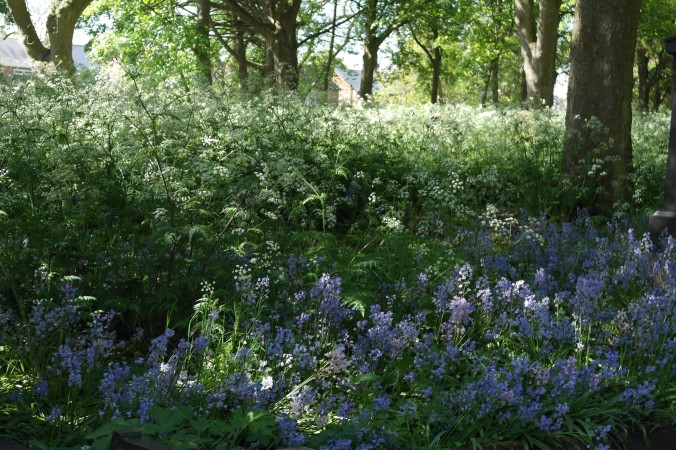
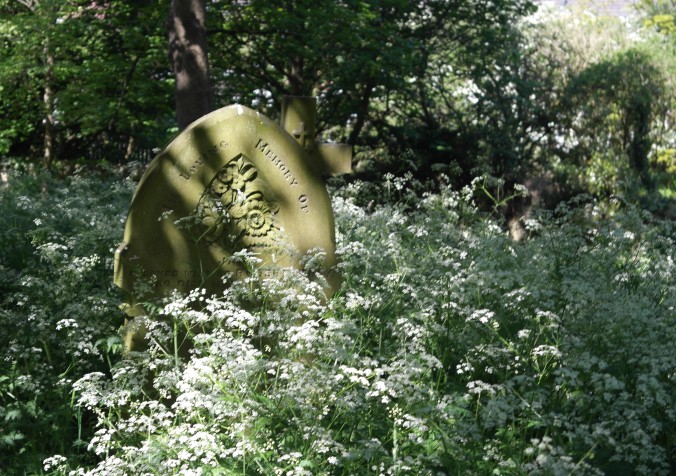
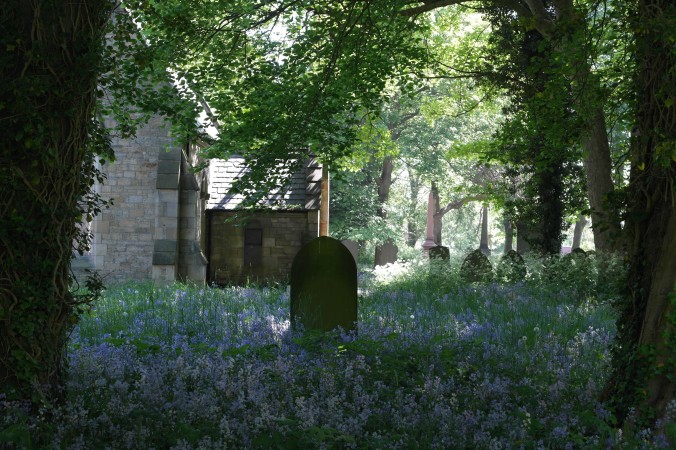

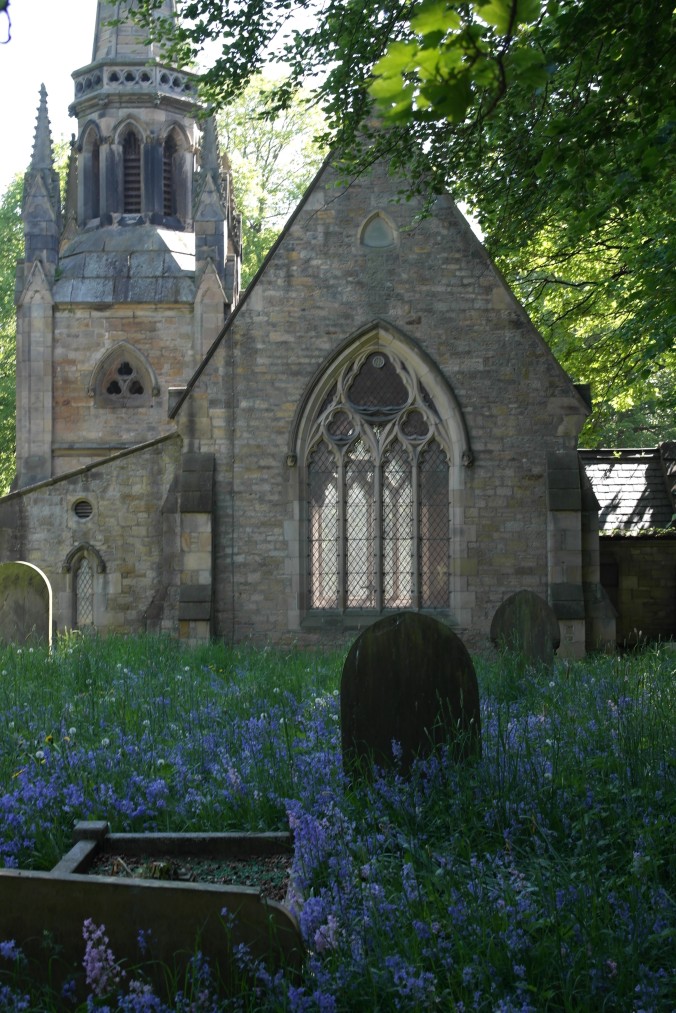
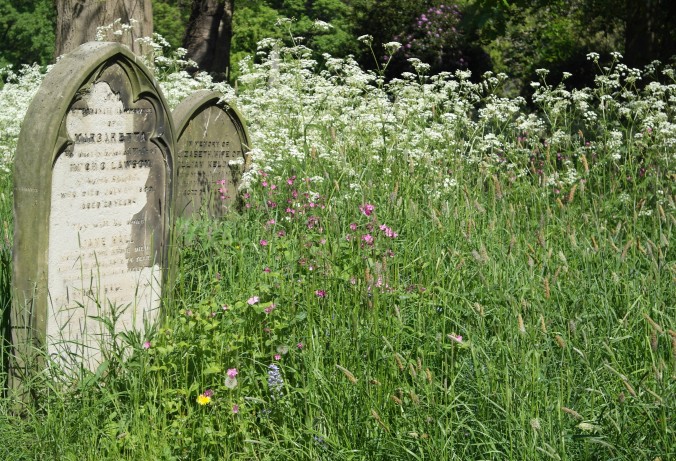








 The past year of my life has been all about finding my balance, between teaching and writing, between writing and promoting, between working and having fun, between exercising and eating right. But it hasn’t just been about finding these figurative balances in my life.
The past year of my life has been all about finding my balance, between teaching and writing, between writing and promoting, between working and having fun, between exercising and eating right. But it hasn’t just been about finding these figurative balances in my life.


 K.C Tansley lives with her warrior lapdog, Emerson, and two quirky golden retrievers on a hill somewhere in Connecticut. She tends to believe in the unbelievables—spells, ghosts, time travel—and writes about them.
K.C Tansley lives with her warrior lapdog, Emerson, and two quirky golden retrievers on a hill somewhere in Connecticut. She tends to believe in the unbelievables—spells, ghosts, time travel—and writes about them.













